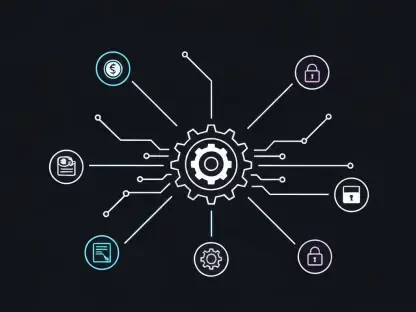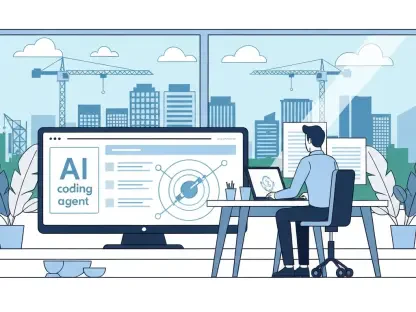Artificial intelligence (AI) is poised to revolutionize software development, with projections indicating that by 2028, a significant portion of enterprise software engineers will integrate AI tools into their workflows. Currently, a modest 14% of software engineers employ AI code assistants, but this figure is expected to rise dramatically to 90% within the next few years. This shift will fundamentally alter the responsibilities of developers, moving the focus away from routine coding tasks towards more complex roles in system design and strategic problem-solving. The presence of AI is set to support developers in harnessing their creativity and ingenuity, allowing them to tackle challenges with more innovative approaches. The rapid pace of this transformation demands attention from the industry, necessitating adjustments in strategies, from talent development to risk management.
AI Tools and Evolving Roles in Software Development
AI’s growing footprint within the realm of software engineering is redefining the industry, marking a pivotal shift from traditional coding to a more sophisticated and dynamic process. In the forthcoming years, AI will play a central role across the software development lifecycle, with Large Language Models (LLM) being integrated into many phases of the process. By 2027, more than half of engineering teams anticipate actively utilizing LLM-based features, prompting a strategic shift that includes substantial upskilling to equip engineers with the expertise necessary to leverage these powerful tools effectively. This transition reflects a broader industry trend toward desiring versatile skill sets among developers, encouraging ongoing learning and adaptability to new technologies.
Balancing the automation offered by AI with necessary human oversight remains crucial to managing risk and ensuring quality. The increasing reliance on AI necessitates significant attention to factors such as business criticality and the complexity of risks involved. Human intuition and judgment will continue to play an essential role in certain aspects, particularly where nuanced decision-making is required. Organizations must evaluate the benefits AI brings against potential pitfalls, strategizing to retain core human values while capitalizing on the efficiency and precision AI can provide.
Strategic Trends and Sustainability in Software Engineering
The undoubted efficiency that AI tools offer is also shaping broader strategic trends within software engineering, urging organizations to reconsider their technology investments and workforce development plans. With the growing importance of GenAI models, organizations are also drawn to open-source models due to their cost-effectiveness and flexibility. Forecasted to make up 30% of enterprise GenAI technology expenditures by 2028, these models promise to broaden the scope of creativity, minimizing entry barriers for developers and businesses while nurturing an environment ripe for innovation. Beyond these strategic adjustments, this trend signals significant shifts in how knowledge is shared, shifting the software industry’s landscape towards more democratized innovation.
Additionally, the rise in software-driven processes calls for increased attention to sustainability, particularly concerning carbon footprints. Green software engineering is becoming increasingly vital as industries seek methods to mitigate environmental impact. By adopting sustainable practices, such as optimizing code for energy efficiency, developers can contribute to reducing software-related emissions. As the deployment of software in various industries grows, the call for eco-friendly practices becomes increasingly critical, aligning with global sustainability goals. Integrating these sustainable practices is not just a technological shift but a responsibility that extends beyond immediate business benefits to a broader impact on the planet.
Adapting to the AI-Driven Software Development Future
AI’s expanding role in software engineering is reshaping the industry, signaling a shift from conventional coding to a more dynamic process. In the coming years, AI will be central to the software development lifecycle, with Large Language Models (LLM) integrated into numerous phases. By 2027, over half of engineering teams expect to actively use LLM-based features, which necessitates a strategic shift and significant upskilling of engineers to harness these tools effectively. This trend highlights a broader industry move toward versatile skill sets, emphasizing continuous learning and adaptability to new technologies.
Maintaining a balance between AI’s automation and essential human oversight is key to managing risks and ensuring quality. As reliance on AI grows, attention must be given to factors such as business criticality and the complexity of associated risks. Human intuition and judgment will remain crucial, especially in nuanced decision-making. Organizations must weigh AI’s benefits against its potential downsides, strategizing to uphold human values while leveraging AI’s efficiency and precision.









